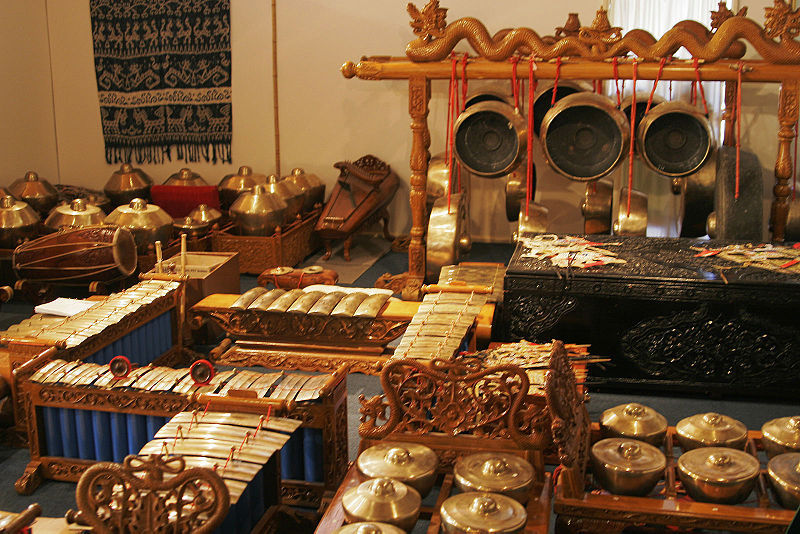Bridging Cultures at the Keyboard: The Taiwanese Folksong Arrangements of Yi-Chih Lu
- Huixian Wu
- May 9
- 4 min read
Taiwanese folksongs have long served as emotional anchors for generations past, offering comfort during times of hardship and disaster, and capturing the joys and sorrows of daily life. These melodies, often simple yet deeply expressive, reflect the cultural heartbeat of Taiwan through different periods of its history. Listening to them is like flipping through a musical diary of a people and place. The Taiwanese government has launched a number of initiatives to refresh interest in local music traditions, from state-funded publications to nationwide competitions. A popular phrase in Taiwan, “Being local, Being international” (Taiwanese: 越在地 越国际), captures the belief that connecting deeply with one’s cultural roots enhances global relevance. Within this spirit, new creative works—especially in folk music—have emerged, including a rich body of piano arrangements that bring fresh life to these traditional tunes.
My own journey into this repertoire began by accident. One day, a music video appeared in my YouTube recommendations: a piano performance of a Taiwanese folk song titled Peach Blossom arranged by composer Yi-Chih Lu. From the very first note, I was completely drawn in. I couldn’t explain it at first, but I found myself replaying the video over and over again. I quickly wrote down the composer’s name, added it to my to-do list, and began researching both the piece and the musician behind it.
What struck me in Lu’s music was a remarkable duality. On one hand, I recognized stylistic echoes of Western classical giants such as Chopin and Liszt. On the other, I heard something deeply familiar and personal: the sound world of Asian folk music. As someone raised in that cultural context, the resonance was immediate. Lu’s music seamlessly integrates classical techniques with traditional folk idioms, resulting in arrangements that are emotionally compelling, technically sophisticated, and musically rich.
Yi-Chih Lu is one of the most prominent and popular young musicians in Taiwan during recent years. Born in Taipei, Taiwan, Yi-Chih Lu began studying piano at the age of five. Afterward, he went to Europe and received his piano performance master’s degree at the University of Music and Performing Arts in Vienna and Konzertexamen from the University of the Arts in Berlin. Currently he serves as an Assistant Professor in the music department and the director of the Teaching and Learning Center at the Taipei National University of the Arts, which is the top music school in Taiwan.
Lu’s interest in folk music dates back to childhood, when he would experiment with translating the folk songs he heard into piano sounds. During his years in Europe, he began performing his own folk song arrangements publicly, merging his Western classical music training with his deep connection to Taiwanese cultural roots. His work now serves as a compelling model for cross-cultural expression through the piano.
The Peach Blossom arrangement is one in a series of folksong-based compositions Lu has written. These works are not merely transcriptions; they undergo continuous transformation through variation, reharmonization, and technical development. As a result, the music feels both emotionally grounded and pianistically expansive. Performers must navigate a wide expressive range and advanced technique, as Lu often draws upon a palette of virtuosic gestures to realize the full expressive capacity of the piano (Example 1).

What makes Lu’s arrangements particularly effective is his ability to "translate" Taiwanese folk melodies—originally rooted in the pentatonic “Wu-sheng” system—into Western classical tonality. He does this through carefully crafted harmonies and structures that make the music more accessible to global audiences, while still preserving the emotional and cultural essence for listeners who are familiar with the original tunes (Example 2). His arrangements are inclusive in the best sense: they invite audiences in, regardless of background, without reducing the material’s integrity.


While many composers have explored folksong arrangements, Lu’s approach is especially respectful and nuanced. His goal is not simply to preserve, but to reinterpret—to allow folksongs to speak in a new language, while keeping their original heart intact. His arrangements aren’t just vehicles for nostalgia; they are vibrant, forward-looking contributions to the piano literature.
Lu’s Peach Blossom arrangement alone has received over 500,000 views on YouTube, a notable achievement for a classical folk-based work. The popularity of this piece underscores the resonance of his music with a wide audience—demonstrating that when tradition is treated with both reverence and creativity, it can thrive in new formats and reach across borders.
Here are some additional folksong arrangements videos from Lu:
Yi-Chih Lu’s music is a powerful reminder of the piano’s potential as a cultural bridge. His work expands the instrument’s repertoire not only in a technical or stylistic sense but in a deeply human one—bringing together histories, geographies, and emotional worlds. For performers seeking repertoire that reflects global voices and rich cultural narratives, Lu’s folk song arrangements offer both challenge and reward. They remind us that to truly expand the piano repertoire, we must also expand our musical imagination.





Портал Delo.ua пропонує свіжі новини про криптовалюти. Тут можна знайти детальний аналіз перспективних активів на 2025 рік https://delo.ua/crypto/yaku-kriptovalyutu-kupiti-u-2025-roci-detalnii-rozbir-perspektivnix-aktiviv-446678/, стаття написана доступно та зрозуміло. Портал регулярно оновлює інформацію про ринок криптовалют. Користувачі дізнаються про актуальні тренди та нові можливості для інвестування. Delo.ua допомагає зробити правильний вибір. Тут можна прочитати огляди популярних токенів і їхні прогнози. Портал підходить як для початківців, так і для досвідчених інвесторів. Сайт має зручний інтерфейс та швидкий доступ до матеріалів. Delo.ua — надійне джерело інформації для тих, хто цікавиться криптою.